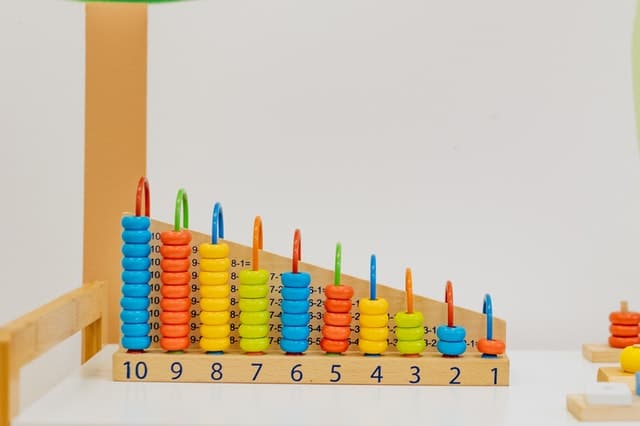Your two-year-old child might be growing up, but they are still babies. It means they are not developmentally ready to sit down and listen to teachers for hours since their attention span is just two minutes long. But the preschool can help in their social, physical, intellectual, and emotional development. All the cognitive skills the children learn right now – like counting and vocabulary – will set the tone for your child’s future learning.
Let’s take a look at some learning milestones that two-year-old children must and will have in preschools.
Some of the vital concepts that include in the preschool curriculum are:
- Alphabets
- Calendar, learning seasons; days in a week, and months in a year.
- Colouring
- Cutting
- Cooperation
- Drawing, painting
- Glueing
- Hygiene
- Listening
- Nature
- Number
Apart from these, teachers must also guide the children and help them when:
- Disputes/fights
- Can’t complete a task
- Potty time
- Lunchtime
- Naptime
Sounds and letters
Once in preschool, the teachers will teach children to recognize and recite all 26 uppercase alphabets and some lowercase (these take time since lowercase letters are harder to learn). They will slowly learn to identify their first name and write it with meaningful words such as Mom, Dad, and love. These little bundles of joy will also slowly understand the connection between alphabets and how they sound.
Numbers and how to count
After alphabets come numbers and teaching children how to count from 0 to 9, teachers teach them how 0 is different from 9 and then naming them correctly. After that comes counting the numbers because that requires memorizing them. Children will start reciting numbers and counting objects, and soon, they will form a relationship between numbers and objects.
Socializing and sharing
Developing a child’s social skills is a vital part of the preschool curriculum. It involves teaching children how to work in a team, cooperate and share, communicate, participate in group activities, and follow general directions. Children must learn these skills as they will be helpful in kindergarten and adult life.
Motor skills
This is when our toddlers start learning how to master fine motor skills (like hand-eye coordination and dexterity) and gross motor skills (large physical movements). As a result, most preschools devote ample time working with children to teach them these motor skills.
Fine motor activities will help children grasp, write, and coordinate movements like painting, drawing, glueing, cutting, etc. Gross motor skills mainly include physical activities such as playing, running, jumping, and playing ball with a friend.
How do preschools implement their curriculum?
Most preschools have already set specific goals and philosophies that every teacher follows from the start. While some teachers follow the general guidelines informally, others create a detailed lesson plan and other criteria to assess student’s progress.
Given a typical day, preschool may arrange for the following activities:
- Field trips to the local post office to teach about mails or a grocery store to inculcate healthy food choices.
- Invite special guest speakers like firefighters or police officers to talk about fire, safety, and general public rules.
- Special activities involving professionals like artists, musicians, or athletes.
Concluding note
A preschool curriculum covers a lot of activities and tasks beneficial to children. But as a parent, you have to ensure that children remain in sync with what they learn at school when they get back home. It means going through their learning activities together at home. So if you’re searching for a great preschool that offers the best childcare in London, get in touch with us at Cheeky Chums.
